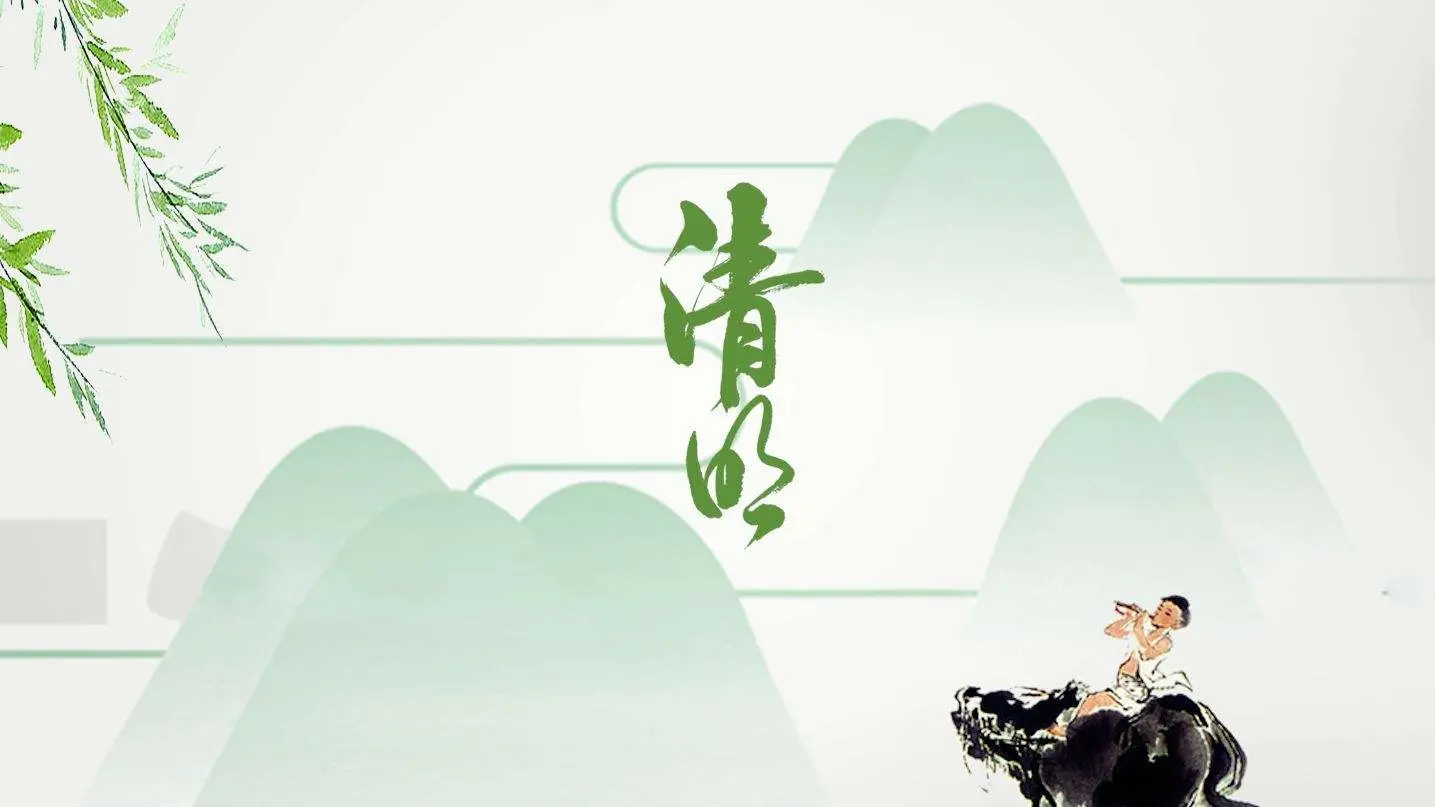Tomb-sweeping Day, also known as Taqingjie, is at the turn of mid-spring and late spring, which is the 108th day after the winter solstice. It is a traditional Chinese festival and one of the most important sacrificial festivals. It is a day for ancestor worship and tomb sweeping. The traditional Tomb-sweeping Day of the Chinese nation began about the Zhou Dynasty, more than 2,500 years ago.
Qingming was originally just the name of a solar term, and it became a festival to commemorate ancestors related to the Cold Food Festival. Duke Wen of Jin designated the day after the Cold Food Festival as Qingming Festival. In most areas of Shanxi, the Cold Food Festival is celebrated one day before Tomb-sweeping Day. Yushe County and other places are in the Qingming Festival two days before the cold food Festival; Yuanqu County also pay attention to the day before the Qingming Festival for the cold food Festival, the first two days for small cold food.
Tomb-sweeping Day is one of the most important “eight festivals of the year” in China. It is generally around April 5 in the Gregorian calendar. The festival lasts a very long time. Tomb-sweeping day originally refers to 15 days after the vernal equinox, in 1935 the government of the Republic of China Ming set April 5 as a national holiday Tomb-sweeping Day, also known as the national Tomb-sweeping Day.
“Almanac” : “after the vernal equinox 15 days, Dou refers to Ding, for the Qingming Festival, when all things are clean Qi and Qingming Festival, cover when the gas Jingming, all things are obvious, so the name.” Tomb-sweeping Day arrives, the temperature rises, it is a good time for spring ploughing, so there is “before and after Tomb-sweeping day, planting melons and beans”.






